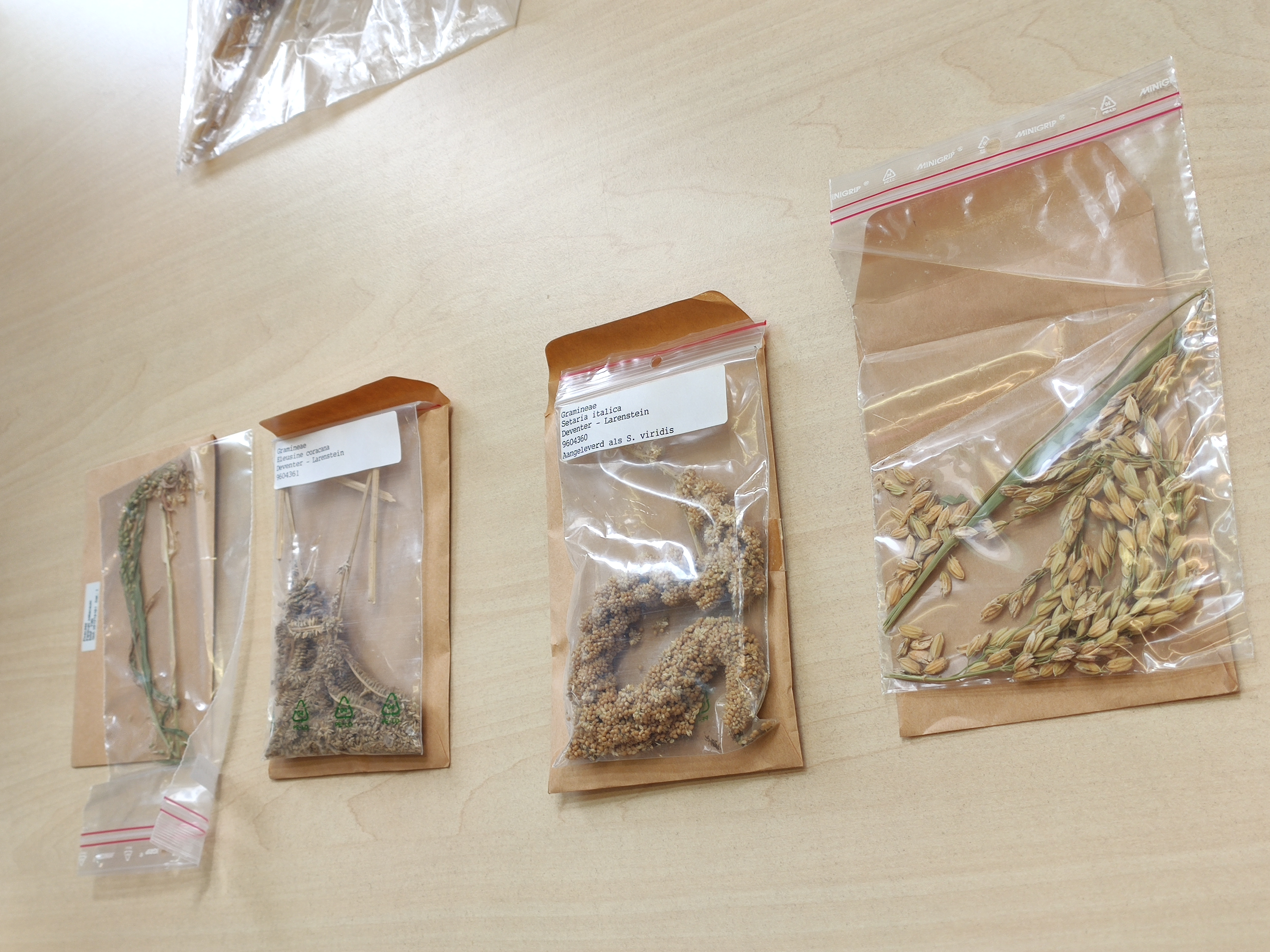
Project Management: Prof. Dr. Roland Hardenberg
Project staff: Shilanjani Bhattacharya, Bijayini Mohanty
Funding period: January 2021 - December 2023
Funding: German Research Foundation
In the last decades, disciplines such as agricultural, plant and food sciences as well as various natural sciences have produced detailed knowledge about millet varieties, especially about their health properties, nutrient composition, growing conditions and environmental quality. Therefore, in cooperation with the University of Groningen, the “Millets Research Network” (MRN) has been established, working in an interdisciplinary way to increase our knowledge about the socio-cultural importance of millets in Africa and Asia. This knowledge has immense implications for the development of new strategies to achieve the Sustainable Development Goals. In India, these strategic goals are being implemented by a variety of government institutions and non-governmental organizations. What are the implications of both these strategies and the knowledge on which they are based for those who produce, distribute, and consume millet varieties? This project, which grew out of GFNM and is funded by the German Research Foundation from January 2021 to December 2023, takes up this question using the example of Odisha, India, where international food policies have a major impact on local practices, evaluations, and forms of knowledge. The research focuses on changes in the valuation and use of local millet varieties such as sorghum, pearl millet, finger millet, kodo millet, foxtail millet, or small millets. People use their own local language terms for these crops they grow, distribute, and consume. The corresponding categories and how they are embedded in everyday life are a central focus of this research. The focus is on urban elites, rural farmers, and hill people living in different parts of Odisha. Three field studies will reveal how people in the above three contexts define the ontological status of millets, what knowledge they have about millets, how they interact with the crops and their products, what technologies they use, what links exist between millets varieties and social identities, and what policies they respond to. The project hypothesizes that millet is part of assemblages, that is, complex interactions among plants, soils, climate, people, technologies, knowledge regimes, and meaning systems. These millet assemblages will be studied in combination with data and findings from (ethno)archaeobotany. The project compares the results of the three field studies to understand possible connections between the respective contexts. Fundamental differences remain between the two “food worldviews,” each of which emphasizes food security or food sovereignty.





